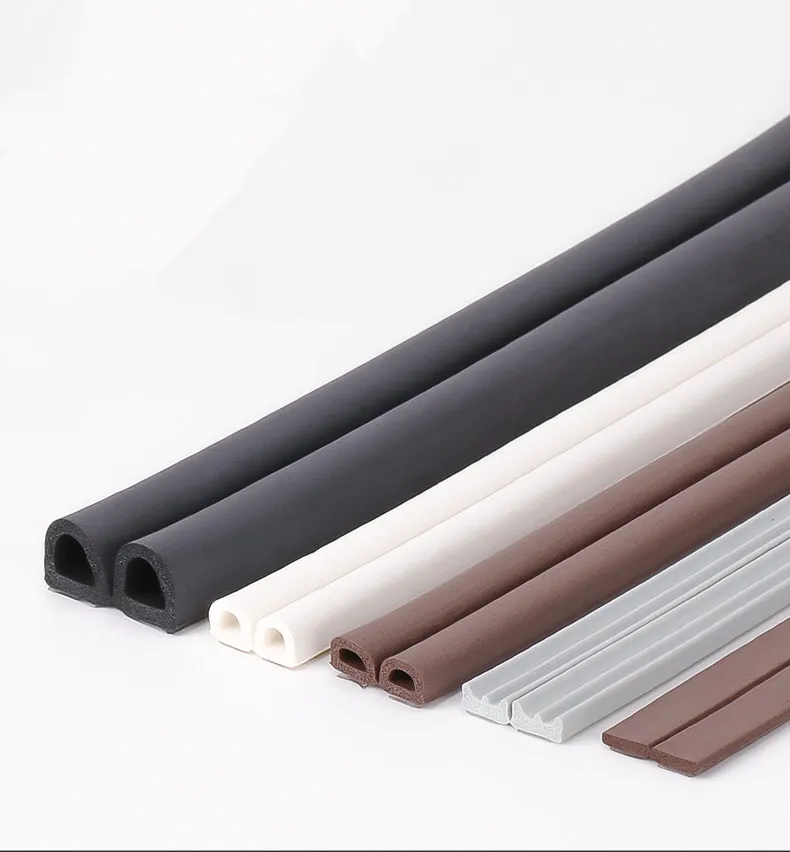car window seal trim
Understanding Car Window Seal Trim Importance, Types, and Maintenance
Car window seal trim, often referred to as weatherstripping, plays a crucial role in maintaining the integrity and comfort of your vehicle. This often-overlooked component is essential for various reasons, including insulation, aesthetic appeal, and protection against elements. In this article, we will delve into the importance of car window seal trim, explore the different types available, and discuss maintenance tips to ensure durability and functionality.
Importance of Car Window Seal Trim
1. Weather Protection The primary function of window seal trim is to provide a barrier against external elements such as rain, wind, dust, and noise. Without it, water could easily seep into the cabin, leading to potential damage to the interior components and increased risks of rust.
2. Energy Efficiency Properly installed seal trim helps enhance a vehicle’s energy efficiency. When seals are in good condition, they reduce the amount of heating or cooling lost from the car’s interior, which can save energy and reduce fuel consumption, especially in extreme weather conditions.
3. Noise Reduction In addition to keeping water and debris out, window seals also help to minimize noise from the outside. Vehicles with worn or damaged seals often experience increased cabin noise from wind and road sounds, which can detract from the driving experience.
4. Aesthetic Appeal Good quality window seal trim contributes to the overall aesthetic of a vehicle. Over time, seals can wear out, fade, or crack, making a car look older than it is. Replacing worn-out trim can enhance the vehicle's appearance significantly.
Types of Car Window Seal Trim
There are several types of window seal trims available, each serving specific needs
1. Felt Seals These are commonly found in older vehicles. Felt seals are made from thick material and are designed to fit into the channels of window frames. While they perform well at keeping out dust, they may not provide the best waterproof barrier.
2. Rubber Seals Modern cars predominantly use rubber seals due to their durability and effectiveness in sealing against water and air leaks. They come in various profiles and can be found at the top and sides of windows. Rubber seals are typically easy to replace and maintain.
car window seal trim

3. Vinyl Seals These seals are often used by manufacturers for their flexibility and resistance to UV rays, making them ideal for exposed areas. However, they may not provide the same insulation as rubber seals.
4. Foam Seals These are often used in conjunction with other types of seals to provide additional insulation. They are lightweight and can compress easily, making them versatile for different applications.
Maintenance Tips for Car Window Seal Trim
To prolong the lifespan of your vehicle's window seal trim, it's essential to conduct regular maintenance
1. Inspect Regularly Make it a habit to check for signs of wear and tear, such as cracks, splits, or hardening of the material. Early detection can prevent more significant issues down the line.
2. Clean the Seals Accumulated dirt and debris can cause seals to wear out faster. Regularly clean the seals with soap and water, followed by a rubber conditioner to maintain their flexibility.
3. Replace When Necessary If you notice any significant damage to the seals, don't hesitate to replace them. Draining and cleaning out any debris before installation will ensure a better seal.
4. Use Protective Products Many products are designed to protect and prolong the life of rubber seals. Look for UV protectants or silicone sprays that can create a barrier against the elements.
Conclusion
Car window seal trim may not seem like a significant component of your vehicle, but its importance cannot be overstated. From providing protection against the weather to enhancing the vehicle's overall aesthetic, maintaining proper seal trim is crucial. Understanding the different types available and how to upkeep them can save you time, money, and ensure a comfortable riding experience. Taking the time to account for this often-ignored feature of your car will pay dividends in the long haul, ensuring that your ride remains as elegant and functional as the day it left the showroom.
-
Under Door Draught Stopper: Essential ProtectionNewsJul.31,2025
-
Garage Door Seal and Weatherstrips for ProtectionNewsJul.31,2025
-
Edge Banding Tape for Perfect EdgesNewsJul.31,2025
-
Table Corner Guards and Wall Corner ProtectorsNewsJul.31,2025
-
Stair Nose Edging Trim and Tile Stair SolutionsNewsJul.31,2025
-
Truck Bed Rubber Mats for Pickup BedsNewsJul.31,2025
-
Window Weather Stripping for Noise ReductionNewsJul.29,2025